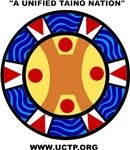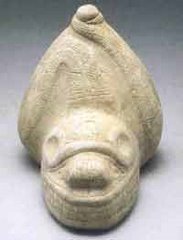
Did You Know: Yuka (yuca), also known as cassava or manioc (Manihot esculenta) , is a starch rich plant, which thanks to the Taino People is now grown worldwide. Yuka is a part of the Euphorbiaceae family, and its roots are described as long with a thick brown rind that encases the edible part. Cassava is major source of carbohydrates, and it contains large amounts of calcium, phosphorous, and Vitamin C. Unfortunately, yuca is very low in protein and other important nutrients. An interesting fact about this root tuber is that it in fact contains small traces of cyanide; in some cases from about 20 milligrams and above. Boiling the root will eliminate the toxicity. Yuka can be prepared and eaten in many ways. Cassava bread or kasabi/kasabe, a traditional crispy flat bread made by Taino and other Indigenous Peoples of the region. Is still popular throughout the Caribbean and is eaten with fruit spreads, butter, or a variety of other foods. Boiling the root is the most common way of eating yuca, and it can be a replacement for potatoes or plantains during meals. Yuca can also be used as a replacement for potatoes in dishes such as purees, dumplings, gnocchi, stews, or soups and it is the main ingredient in Tapioca. Traditionally, yuca is believed to have anti-inflammatory and anti-viral properties and is sometimes used to treat arthritis, stomach disorders and even diabetes. - - UCTP Taino News © 2009
Yuka root tubers






